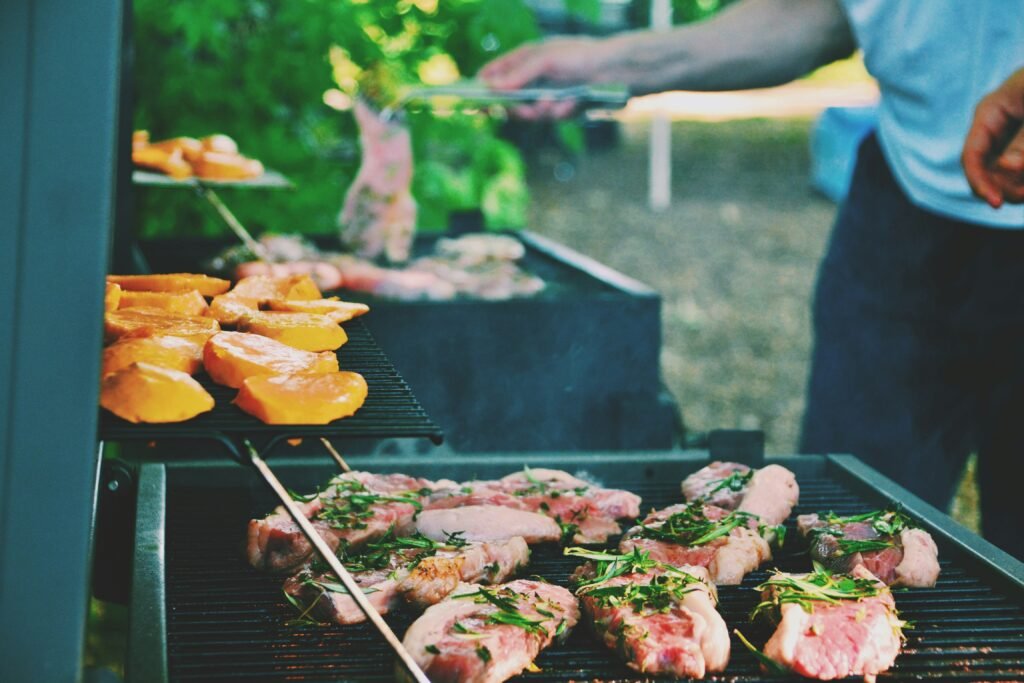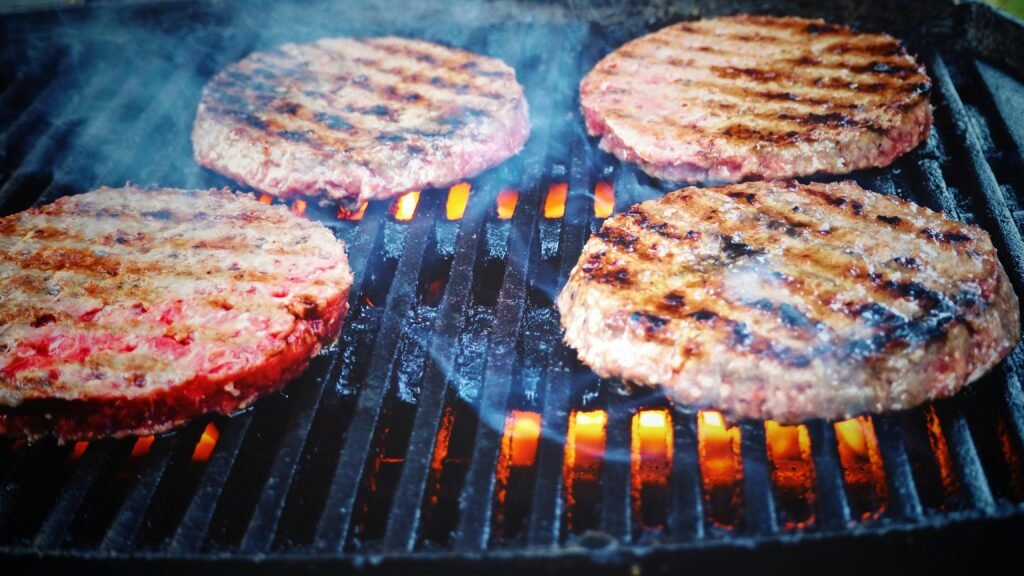Have you ever found yourself standing in front of the grill, pondering about the perfect smoked pork dish that could make your weekend family gatherings unforgettable? We know the feeling. There’s something uniquely special about the aroma of smoked pork wafting through the air. It harks back to good times and great food shared with people we care about.
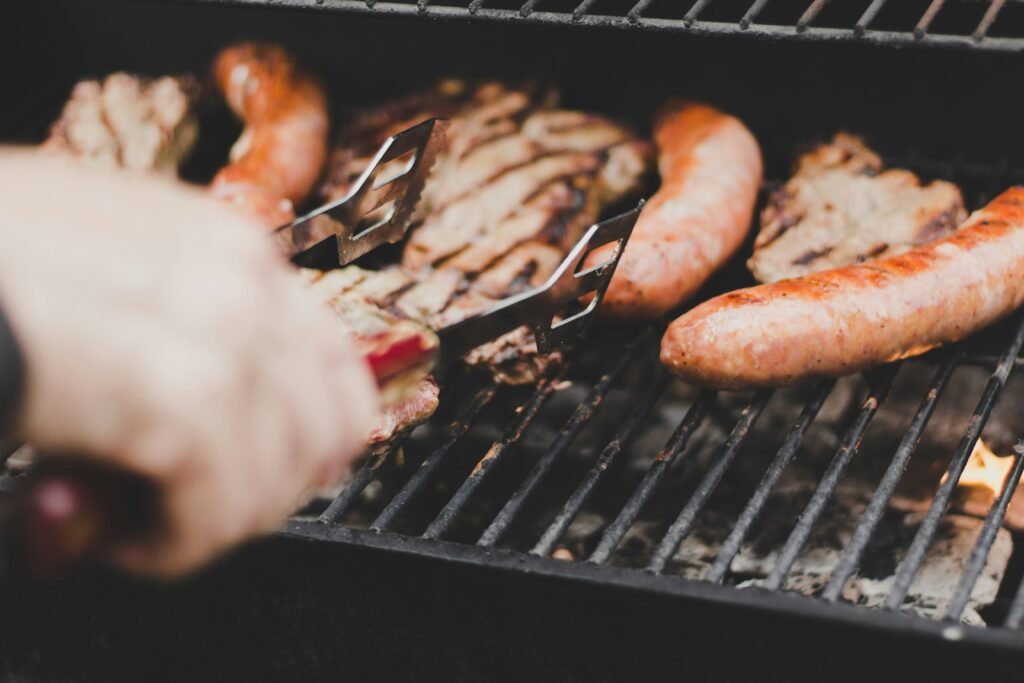
This image is property of images.unsplash.com.
Why Smoked Pork?
Let’s talk about why smoked pork should be a staple in our culinary repertoire. The level of flavor that smoking can bring out of a pork cut is nothing short of magic. Smoking not only imbues the pork with rich, deep flavors but also enhances its tenderness. The slow cooking process allows the connective tissues to break down, resulting in succulent meat that literally melts in our mouths. Plus, who doesn’t love that distinctive smoky aroma that fills our backyard?
The Cut Matters
Choosing the right cut is critical in achieving the perfect smoked pork. Different cuts of pork provide varying flavors and textures, and our choice can determine the success of our endeavor. Here are some popular choices for smoking:
| Cut | Description | Preferred Type |
|---|---|---|
| Pork Shoulder | Also known as Boston butt; fatty, flavorful, and tender | Bone-in |
| Pork Loin | Large, lean cut; requires careful smoking to prevent drying | Boneless |
| Pork Ribs | Popular choice; becomes tender as it absorbs smoky flavor | Baby Back |
Selecting the right cut boils down to our personal preference for flavor and our experience with smoking meats. If we’re just starting, the forgiving nature of a pork shoulder might be ideal. However, for a more adventurous cook, smoking pork loin can challenge our skills to produce juicy results despite its lean nature.
The Smoky Science
Before we fire up the smoker, let’s unravel the mystery behind this ancient cooking method. Smoking, in essence, involves cooking meat at lower temperatures over an extended period. This technique allows the incorporation of smoky flavors and gives the pork a distinct aroma.
Wood Selection
The type of wood we choose plays a pivotal role. Each variety imparts its own unique character to the meat.
| Wood Type | Flavor Profile | Ideal for |
|---|---|---|
| Hickory | Strong, bacon-like flavor | Ribs, Shoulder |
| Apple | Sweet, mild flavor | Ribs, Loin |
| Oak | Medium to strong, earthy flavor | Shoulder, Ribs |
| Cherry | Sweet, fruity flavor | Loin, Shoulder |
Wood selection can significantly alter the pork’s taste profile, so it’s worth experimenting with various kinds to discover our favorite.
Temperature and Timing
Smoking is a gentle art that requires patience. A typical smoking temperature ranges between 225°F and 250°F—low enough to allow the flavors to develop over time. Depending on the cut, smoking can take anywhere from 4 to 10 hours.
Here’s a rough guide for smoking times:
| Cut | Approximate Time | Internal Temp Goal |
|---|---|---|
| Pork Shoulder | 8-10 hours | 195°F |
| Pork Loin | 4-5 hours | 145°F |
| Pork Ribs | 5-6 hours | 190-203°F |
The internal temperature ensures that the meat is safe to eat and optimally tender. Using a reliable meat thermometer can be our best friend in this endeavor.
Preparing the Pork
Before the smoke start enveloping our backyard, there are a few preparation steps we need to nail down. These initial steps will ensure that our pork turns out flavorful and juicy every time.
The Rub
A dry rub or marinade isn’t just an optional step; it’s a gateway to infusing deeper flavors into our pork. This layer of seasoning will contribute to creating a succulent crust, commonly known in the BBQ world as “bark.”
Basic BBQ Rub Recipe
Ingredients:
- 1/4 cup brown sugar
- 1/4 cup paprika
- 2 tbsp salt
- 2 tbsp black pepper
- 1 tbsp garlic powder
- 1 tbsp onion powder
- 1 tbsp cayenne pepper (optional for a spicy kick)
We can experiment with different spices according to our taste. Mix these ingredients well and coat the pork generously. Allow it to rest in the refrigerator for at least 2 hours or ideally overnight. This resting period allows the flavors to permeate the meat within.
Moisture Retention: The Brine
Brining can work wonders in terms of moisture retention, especially if we’re dealing with leaner cuts like pork loin. A simple brine can be made by dissolving 1 cup of salt and sugar each in a gallon of water. Soak the pork in this solution for a few hours—or overnight. Always remember to pat the pork dry before applying the rub.
The Smoking Process
It’s time to start smoking and turn that well-prepared pork into a culinary masterpiece. Here’s how we can ensure the smoking process is smooth and enjoyable.
Setting Up the Smoker
If we use a charcoal smoker, it’s essential to maintain a consistent temperature. The charcoal should be set up for indirect cooking. Add a handful of soaked wood chips to the coals to generate the smoke. In electric or gas smokers, set the desired temperature and add wood chips to the smoker box.
Maintaining Temperature
The key to great smoked pork is a steady, consistent temperature. Resist the urge to frequently open the smoker, as each peek lets out smoke and heat, which can significantly extend cooking times. Instead, use a thermometer to monitor the internal temperature of the smoker.
Spritzing for Moisture
To prevent the pork from drying out during smoking, a spritz made of apple juice or a thin vinegar-based BBQ sauce can be used. Lightly spray the pork every hour or so.
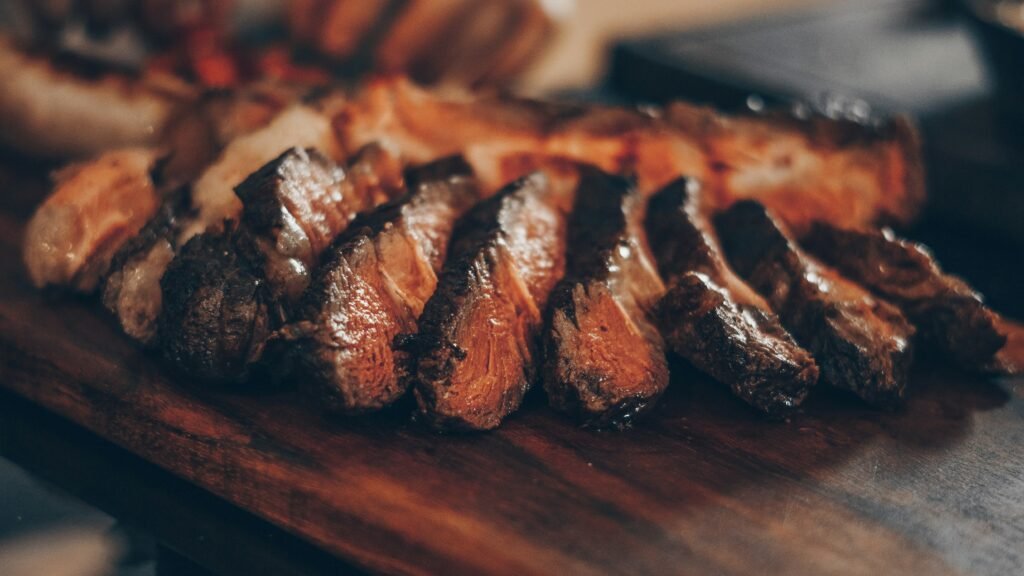
This image is property of images.unsplash.com.
Wrapping It Up: The Texas Crutch
In the latter part of smoking, usually around when the pork reaches an internal temperature of 160°F, we might notice a “stall” where the temperature plateaus. This is when the Texas Crutch comes into play. Wrapping the pork in aluminum foil or butcher paper can speed up the cooking process by trapping moisture, thus helping the temperature rise more steadily.
The Resting Phase
After our pork has reached the target internal temperature, it’s crucial to let it rest. This phase lets the juices redistribute throughout the meat, making it incredibly tender and flavorful. Wrap the pork loosely in foil and let it rest for at least 30 minutes.
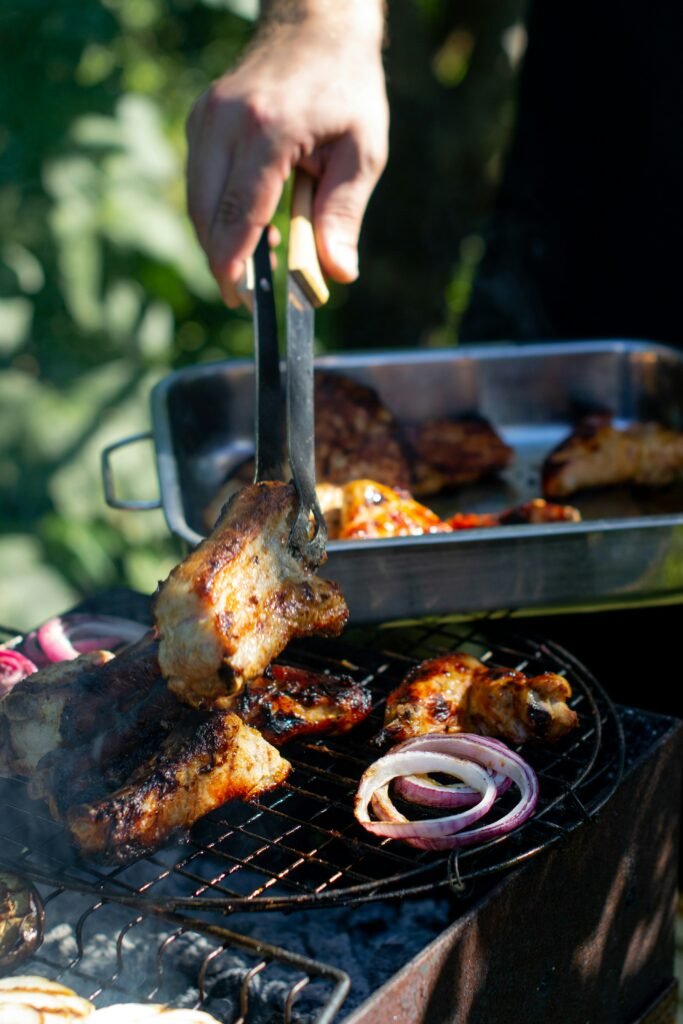
This image is property of images.unsplash.com.
Smoked Pork Masterpieces
Is there a better climax to our hard work than finally getting to taste the fruits of our labor? Let’s unwrap, slice, or shred our creation and prepare to indulge in a smoky feast.
Serving Suggestions
Here are a few serving ideas to make the most of our smoked pork:
-
Pulled Pork Sandwiches: Perfect for pork shoulder. Serve on a bun with coleslaw and BBQ sauce.
-
Pork Loin Roast: Slice the smoked loin and serve it with a side of roasted vegetables or a salad.
-
Rib Platter: Let those smoky ribs take center stage with a side of baked beans or cornbread.
Experimentation is Key
Every smoking experience is a learning curve, and the fun lies in experimenting with different cuts, wood flavors, and rubs. We can gather feedback from our loved ones and tweak our methods accordingly until we have crafted our signature smoked pork recipe.
So, there we have it—a sensational smoked pork recipe designed to refine our culinary prowess and entertain our guests with mouthwatering flavors. With patience, practice, and passion, we can continue to refine and enhance our smoking skills, turning each meal into a memorable occasion.
Let’s keep the fire of flavor alive, one smoked pork dish at a time!


